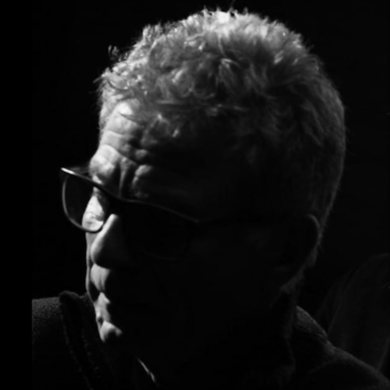Artist Andreas Nicolas Fischer works with digital media, but his exploration of that media goes far beyond the pixelated surface. In his V0ID 2K18 series, Fischer works with an algorithm to produce computer-generated artworks, thus exploring the potential of art as a means of testing and potentially achieving algorithmic independence. He seeks to give technology the ultimate autonomy in the creation of art.
The works of the VOID 2K18 series play with elements of colour, pattern, and surface. Manipulating the illusion of the picture plane within his compositions, Fischer aligns his work with the experiments of Bauhaus innovator Lázló Moholy-Nagy in the 1940s and artistic polyglot John Cage in the 1960s, both of whom did away with the traditional solidity of the canvas or panel surface by working instead on acrylic. In an update to that tradition, Fischer and his algorithm reveal a deep dimensionality that is seemingly never-ending. This eternal quality reveals an intriguing contemplation on Fischer's part in terms of the role of the artist and his or her authority in the creation of new work.
The notion of the authority of the artist has been a point of contemplation for generations. The Surrealists of the early 20th Century addressed the question most directly, as they considered the presence of the artist's hand and played with the ways in which the conscious control of the hand could be extracted from the artistic process. Fischer is exploring a similar distance while figuratively probing the potential for technology to transcend into the realm of creative expression. By developing an algorithm that he then feeds with images found from various sources, he is simultaneously integral to – yet independent from – the works he creates.
Thus, while Fischer's work could be seen as a response to or extension from the Surrealist era, in truth it seems to offer a counter-argument to their early desires for separation between creativity and creation. What Fischer's work seems to illustrate instead is the power of symbiotic artistic relationships, wherein creativity emerges through a blend of manual and digital sources. In some regard, this is the relationship we all share with technology; Fischer, though, showcases this essential bond through his innovative mode of expression.



